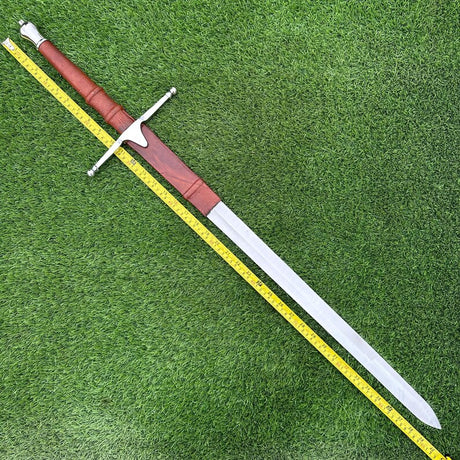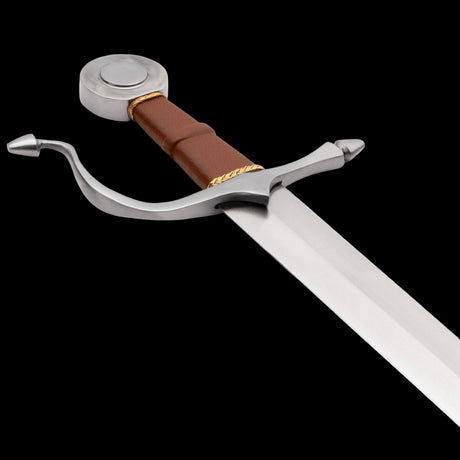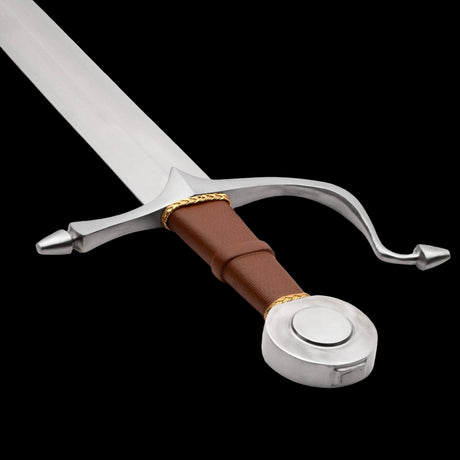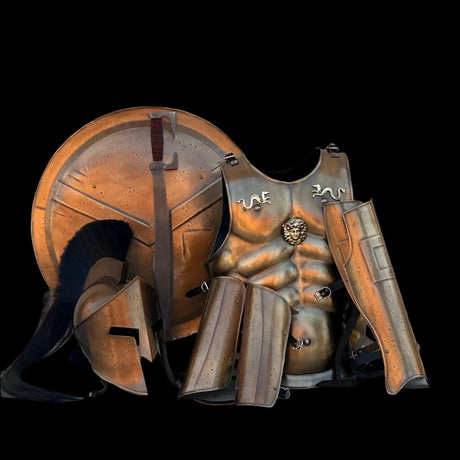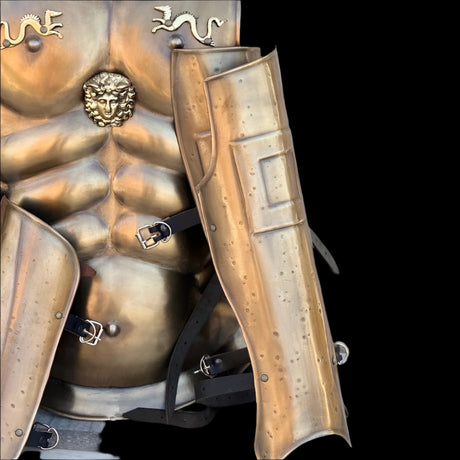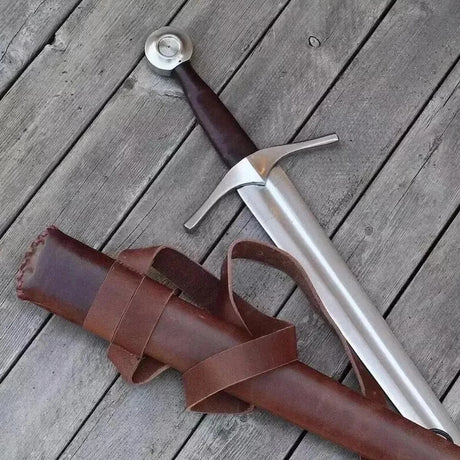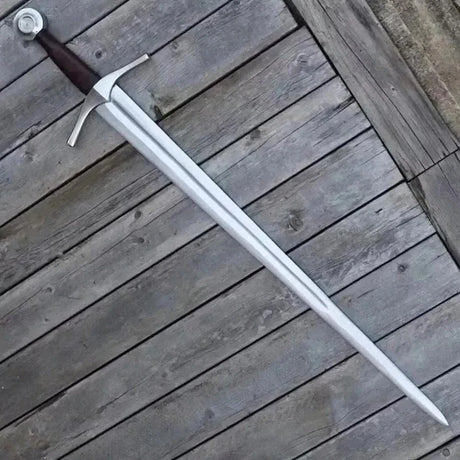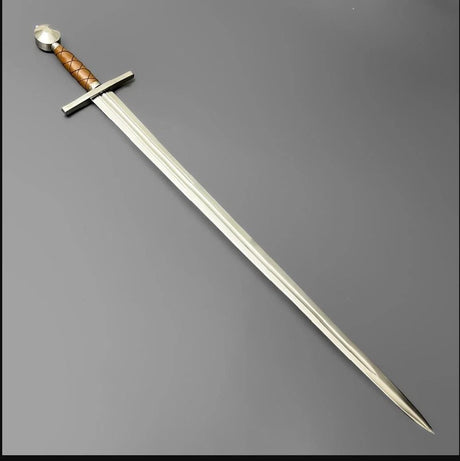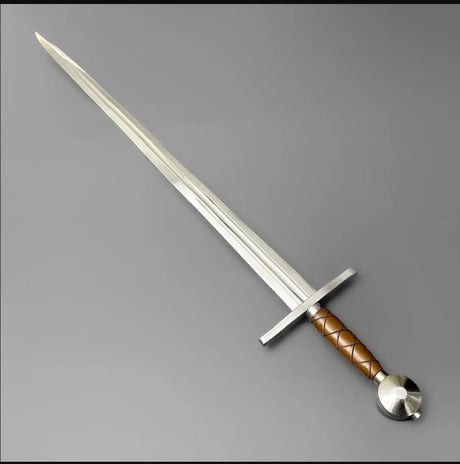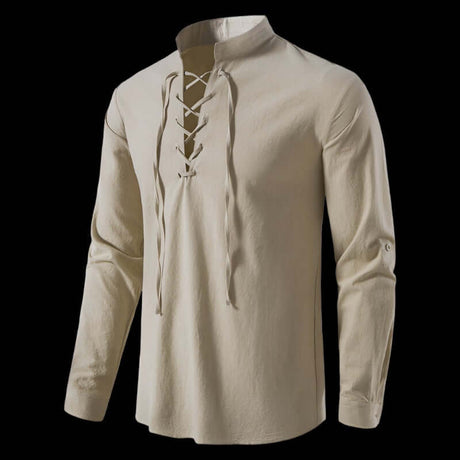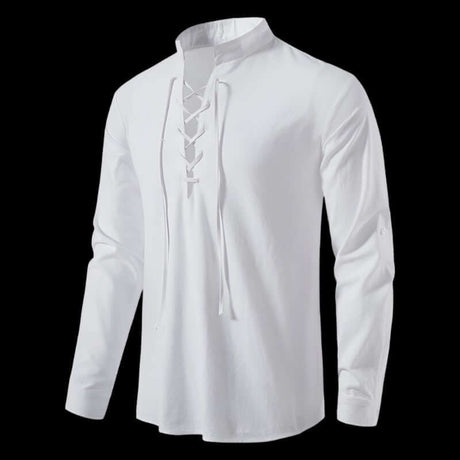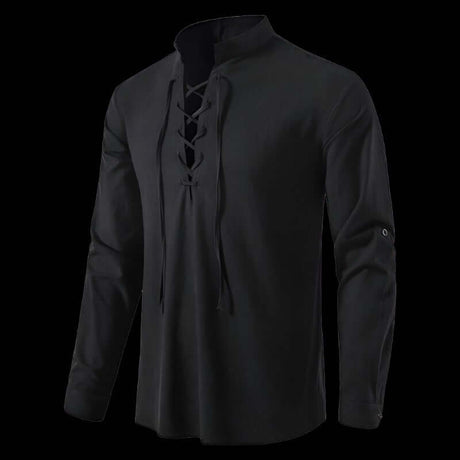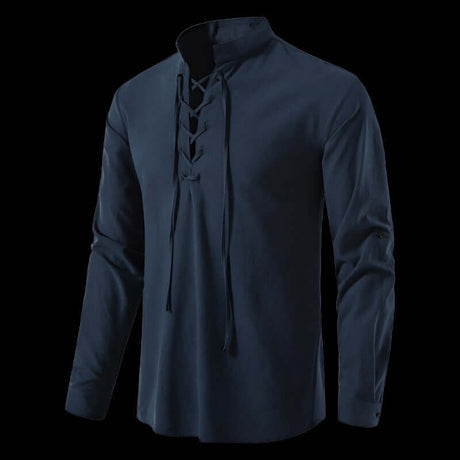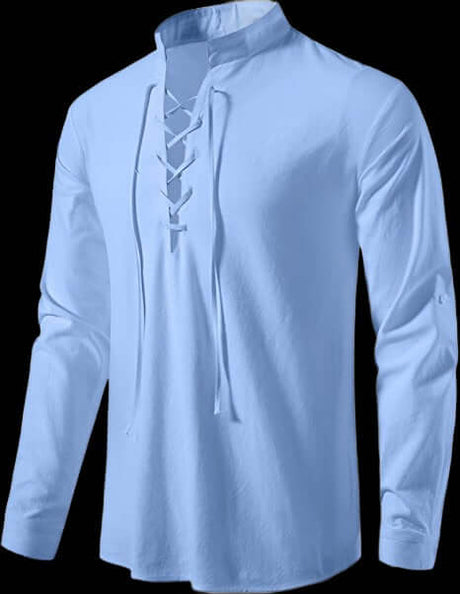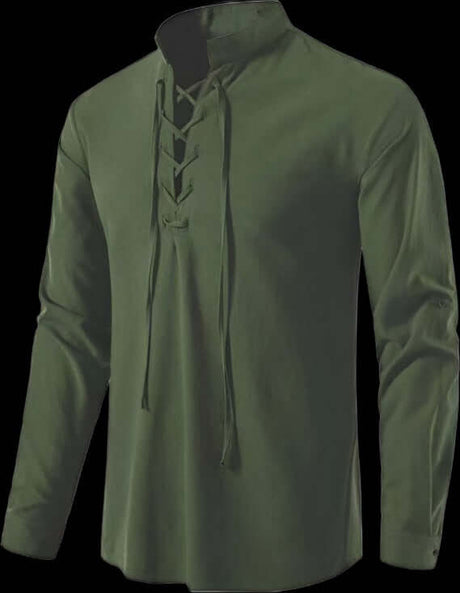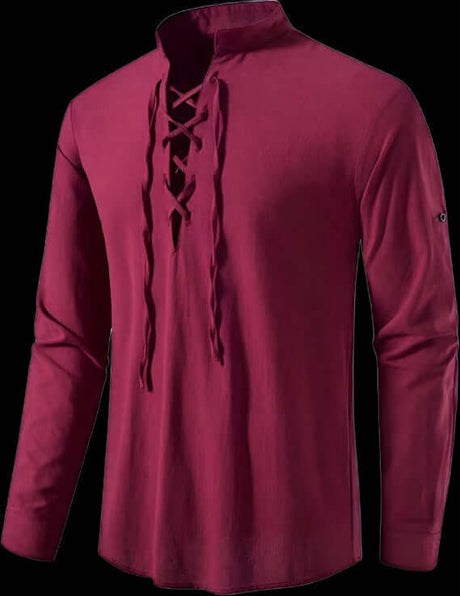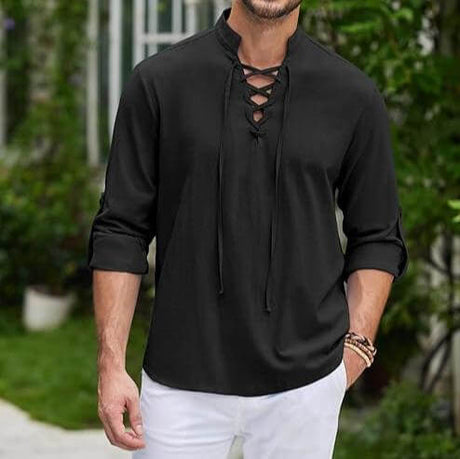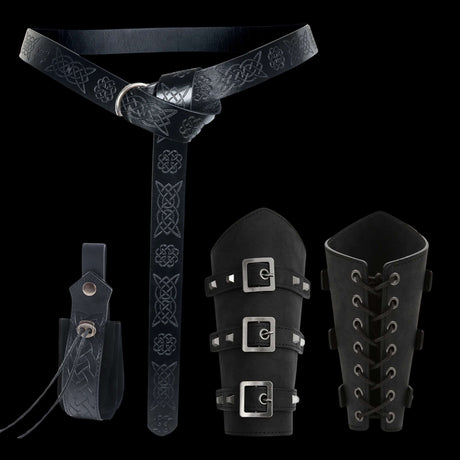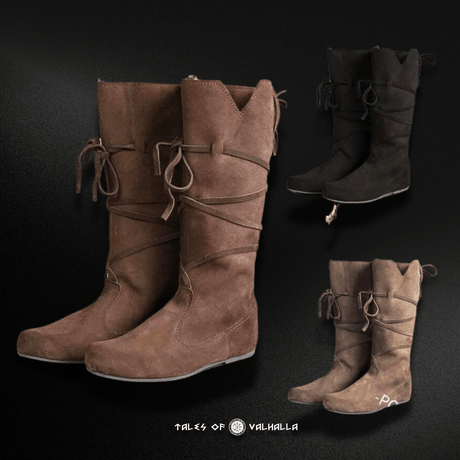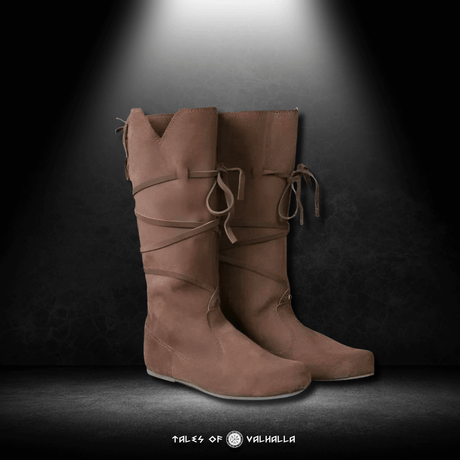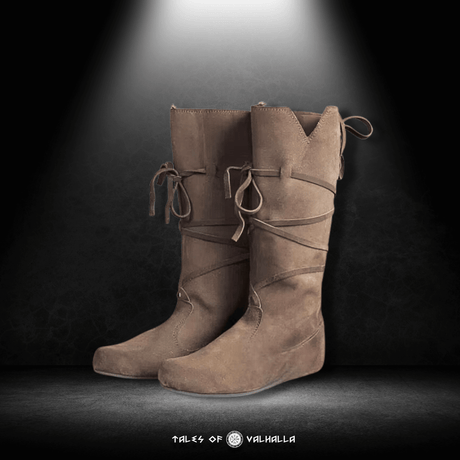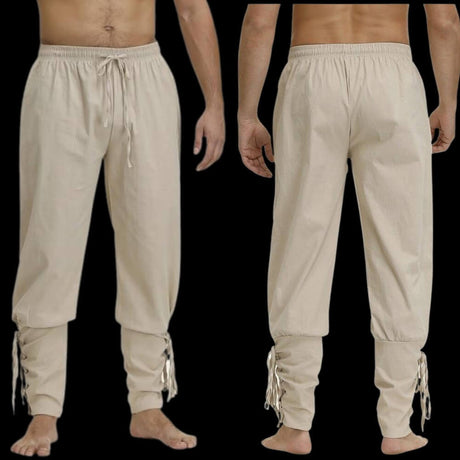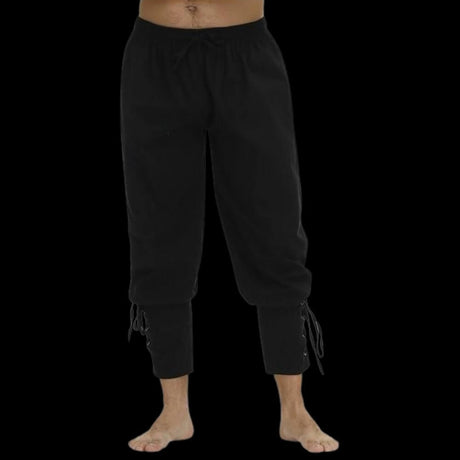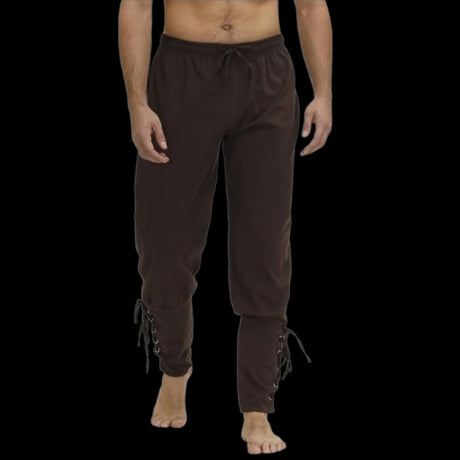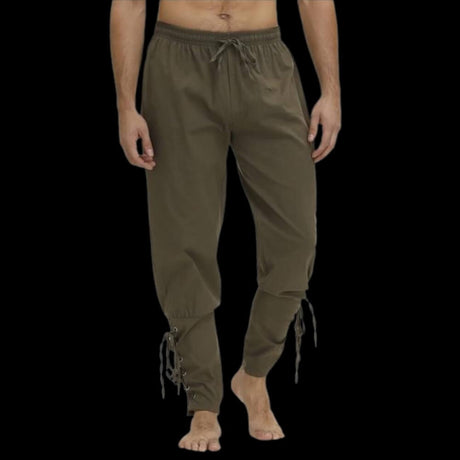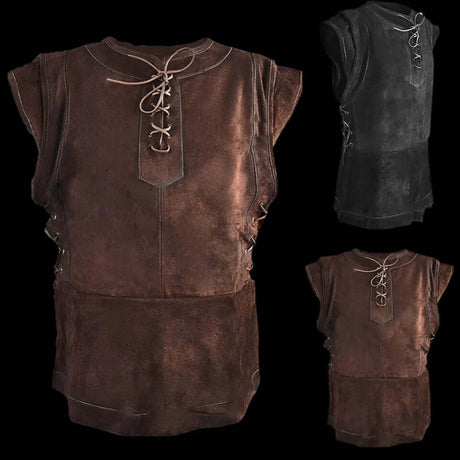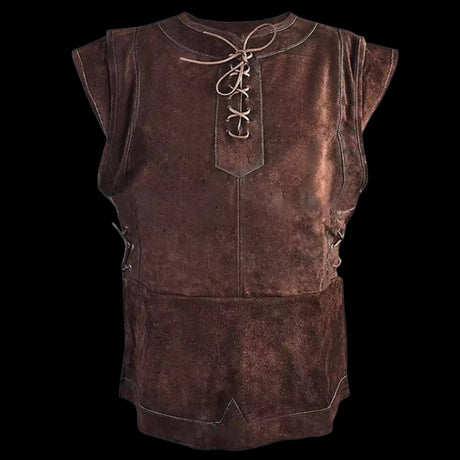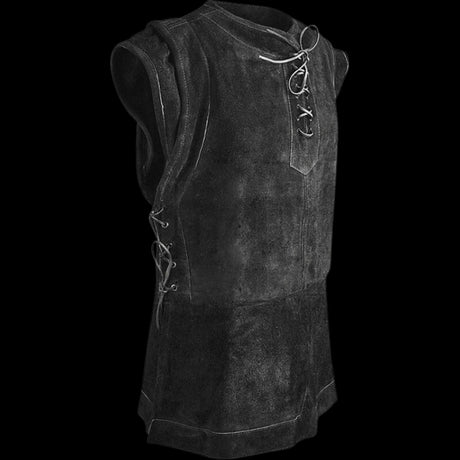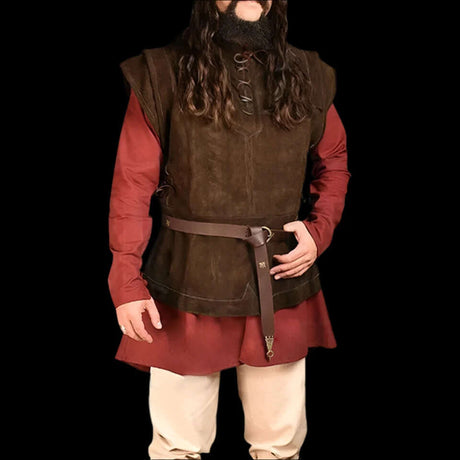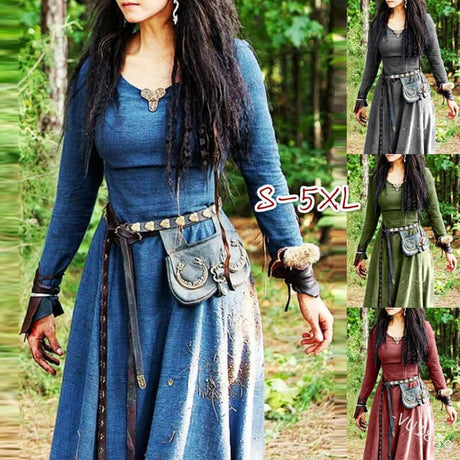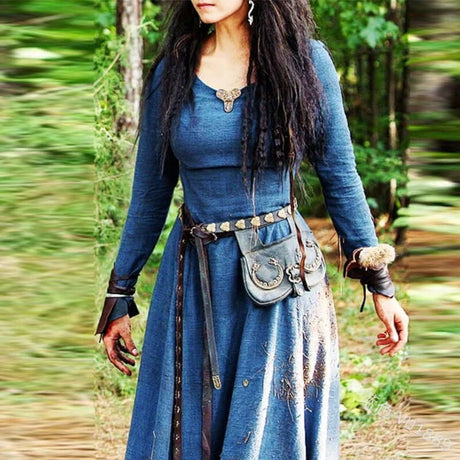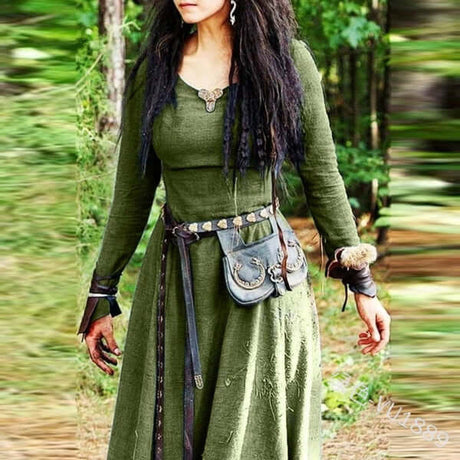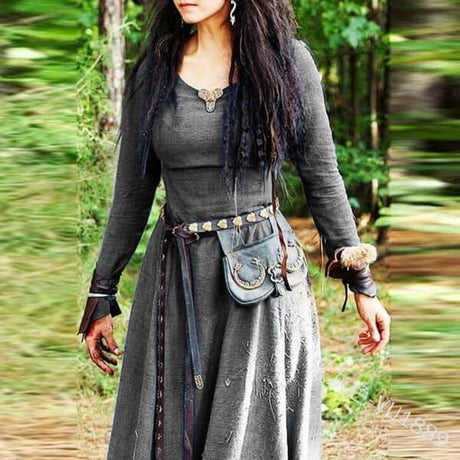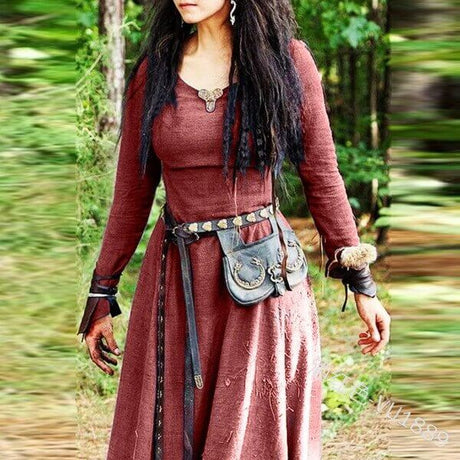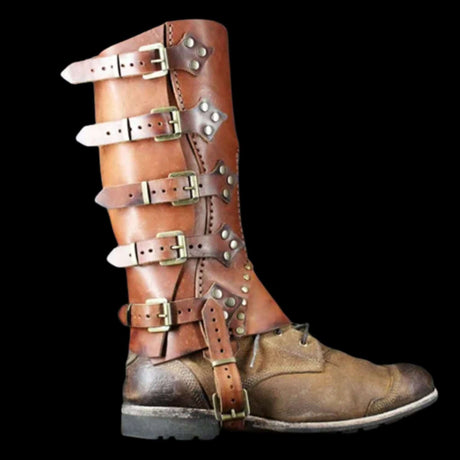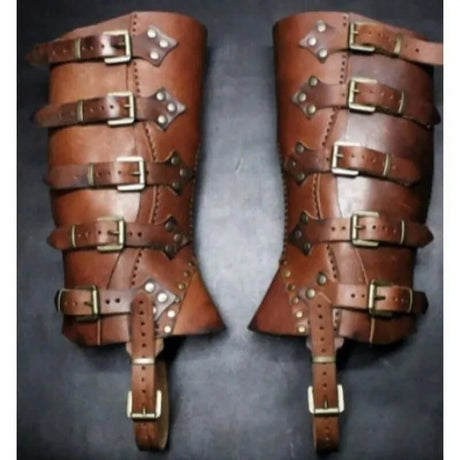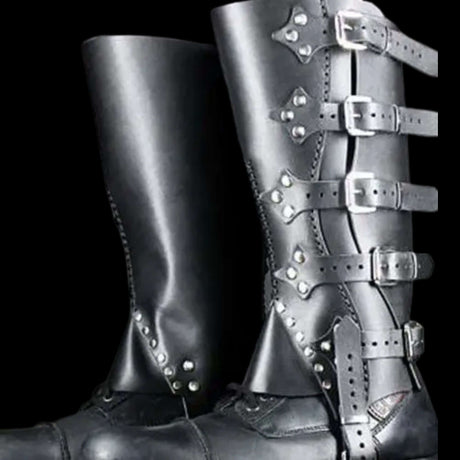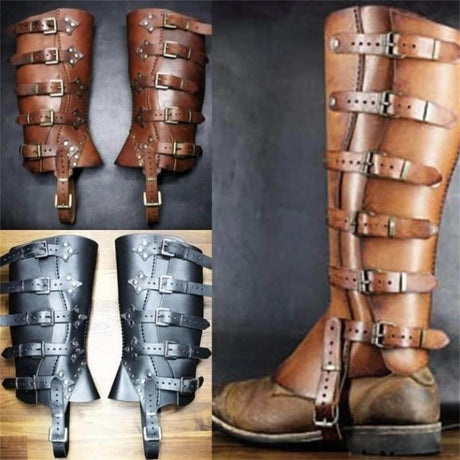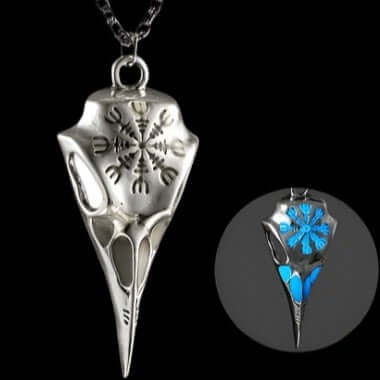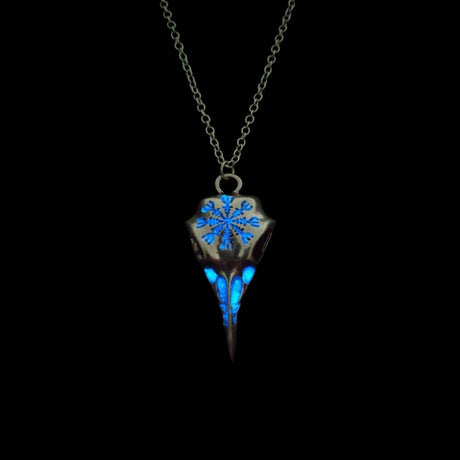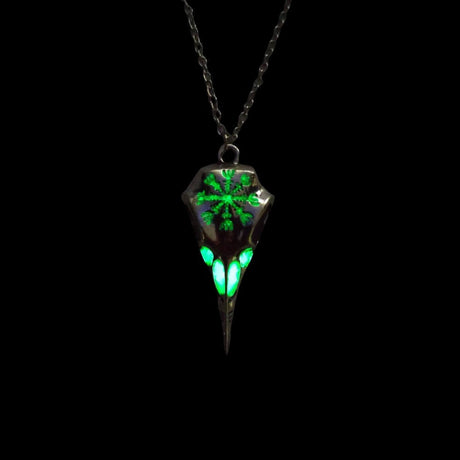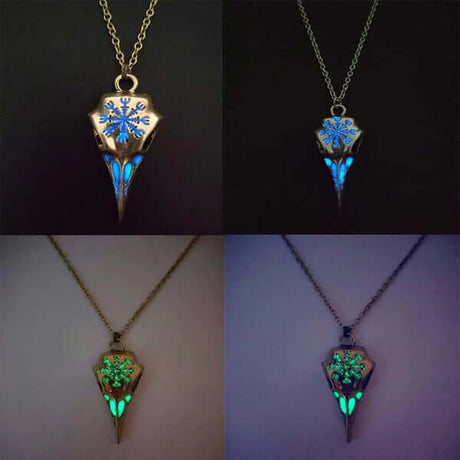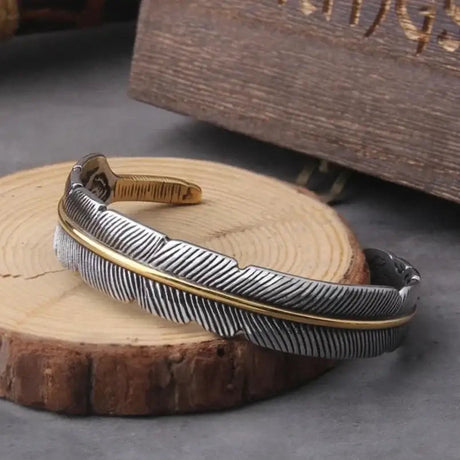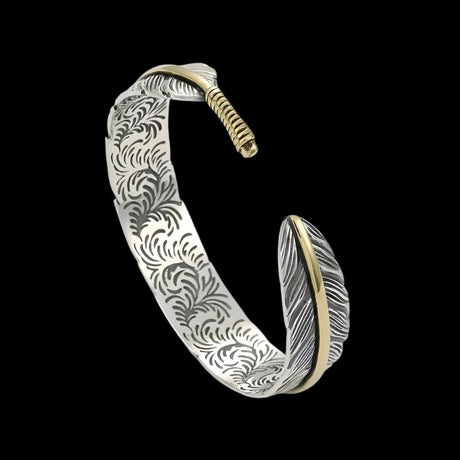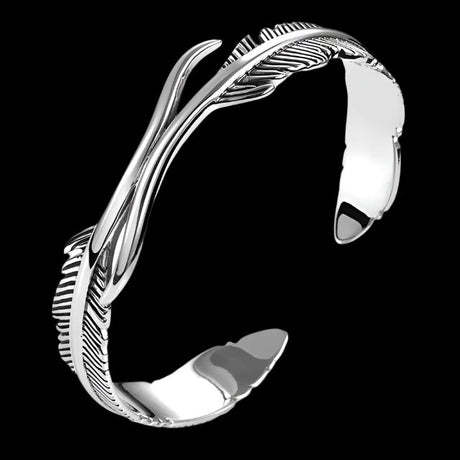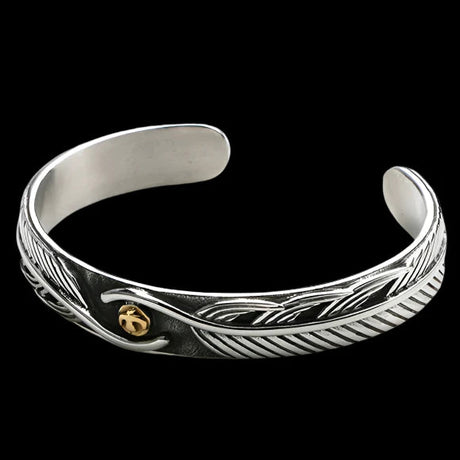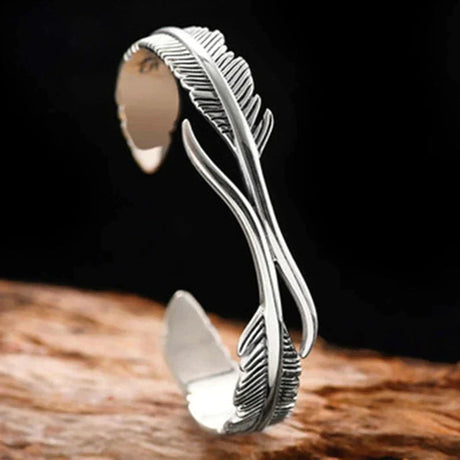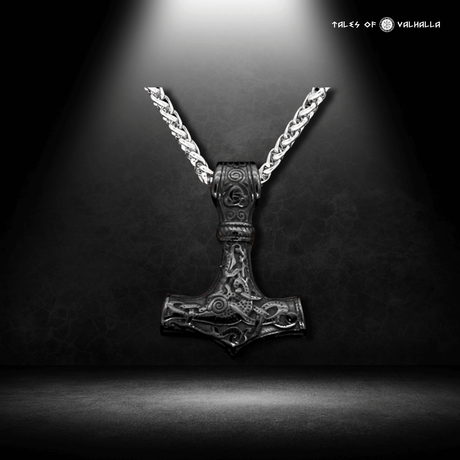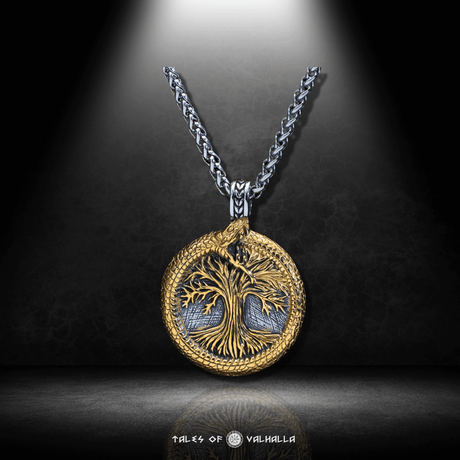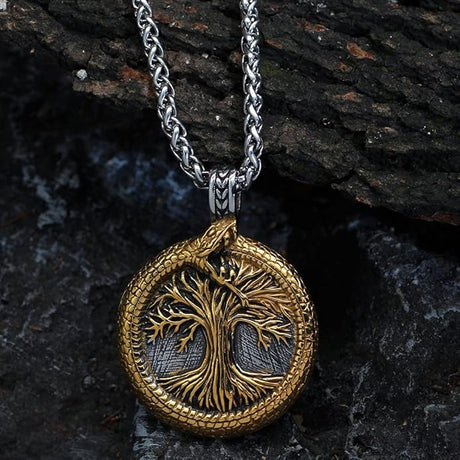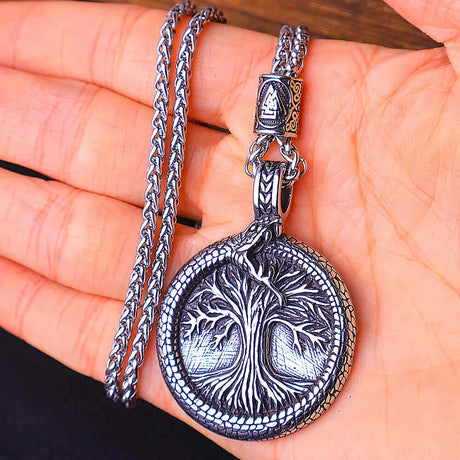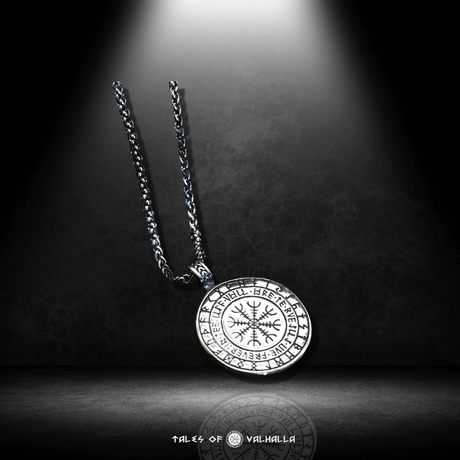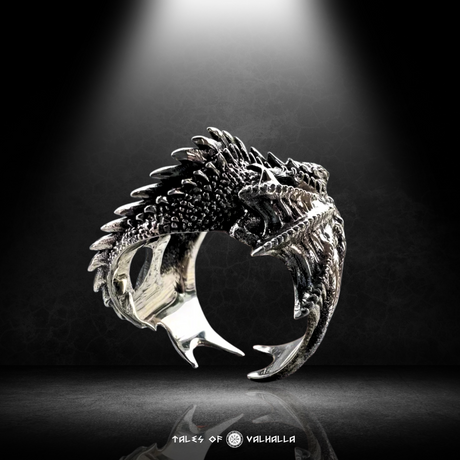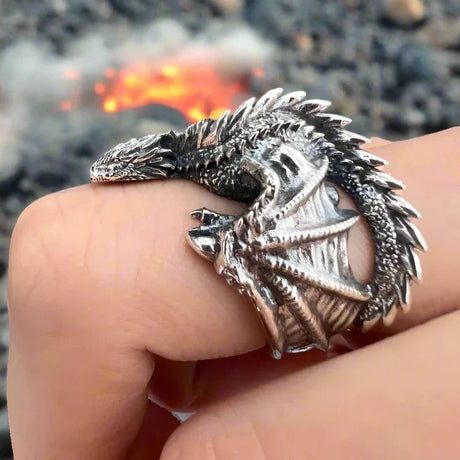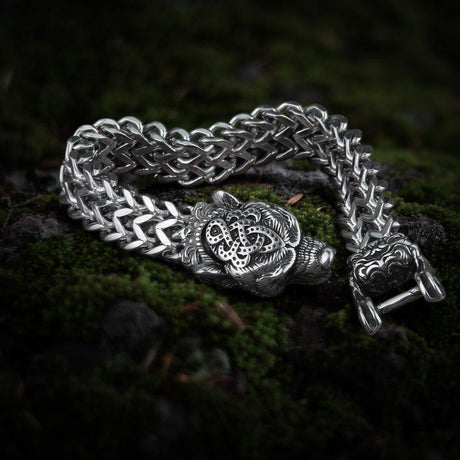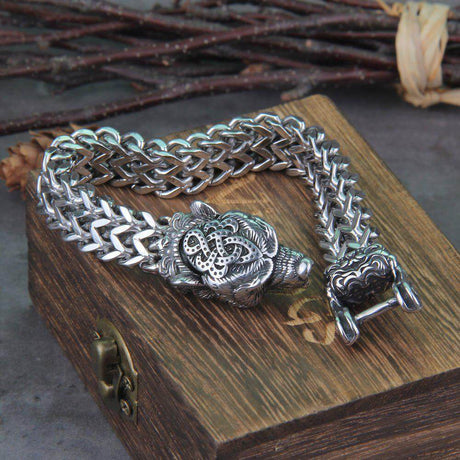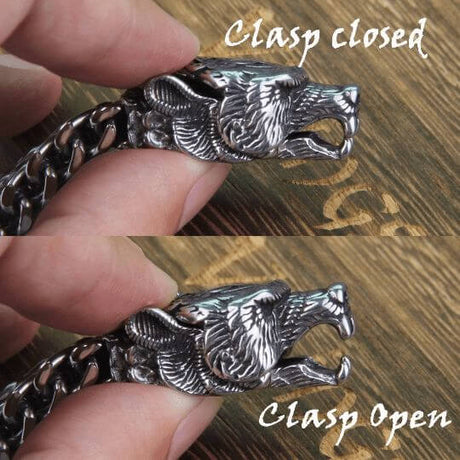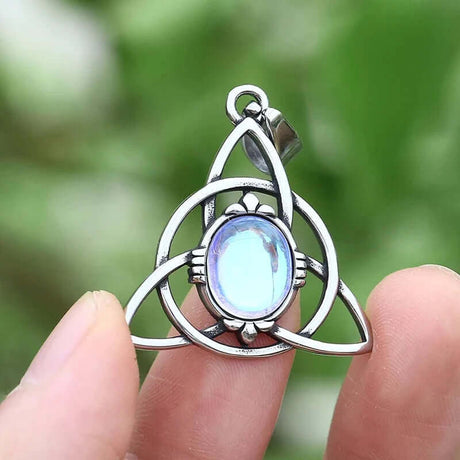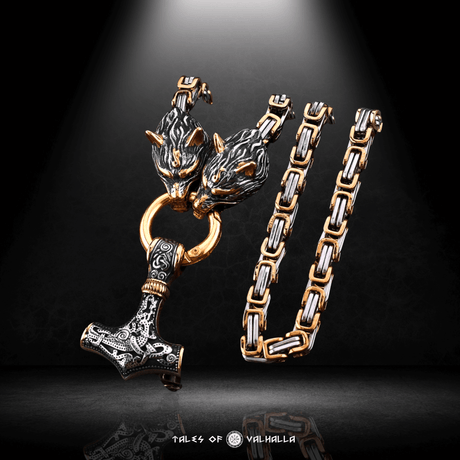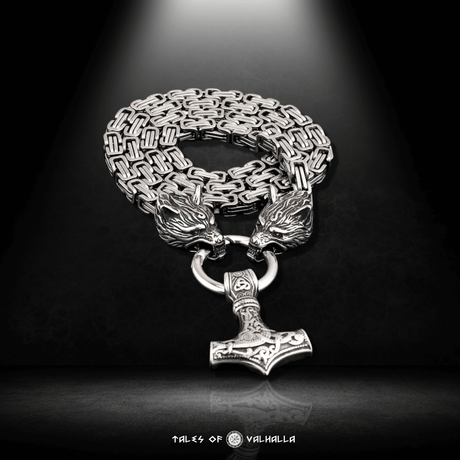The Norse pantheon – a realm of thunderous hammers, one-eyed sorcerers, and epic battles foretelling the end of worlds – has captivated imaginations for centuries. We in the United States have embraced these powerful Viking Gods in movies, books, and games, often focusing on the might of Thor or the wisdom of Odin. But the true assembly of Norse deities is far richer, more complex, and wonderfully human than many popular depictions suggest. These weren't distant, perfect beings; the Viking Gods were a tempestuous family of flawed, passionate, and often contradictory figures who mirrored the very essence of the Viking Age itself.
This exploration will journey beyond the Bifrost bridge, deep into the heart of Asgard and Vanaheimr, to uncover the diverse array of Viking Gods and goddesses. We’ll examine their roles, their relationships, their epic tales, and what their worship tells us about the people who revered them. Prepare to meet a pantheon as wild and unpredictable as the northern seas, a group of divinities whose stories are etched in runes and whispered on the wind.
Understanding the Norse Pantheon: A World of Imperfect Deities
Before diving into individual figures, it’s crucial to grasp the unique nature of the Norse pantheon. Unlike the often serene and omnipotent deities of other mythologies, the Viking Gods were remarkably, and relatably, imperfect.

the Norse Pantheon: A World of Imperfect Deities
More Than Just a List: A Divine Soap Opera
The Norse pantheon wasn't a neat, orderly celestial bureaucracy. It was a sprawling, dynamic collective filled with rivalries, alliances, love affairs, betrayals, and moments of profound heroism and shocking cruelty. The relationships between the Viking Gods were often as complex and dramatic as any human family feud, making their stories incredibly engaging.
Gods with Flaws: The Humanity of the Divine
One of the most compelling aspects of the Viking Gods is their inherent fallibility. Odin, the Allfather, is wise but also a notorious trickster and warmonger. Thor, the mighty protector, can be brash and easily angered. Freyja, the goddess of love, is also a formidable warrior who claims half the slain. Loki, the god of mischief, walks a fine line between ally and antagonist. This humanity makes the Viking Gods more accessible and their struggles more resonant. They weren't abstract ideals but powerful beings grappling with universal emotions and challenges.
The Shadow of Ragnarök: A Doomed Pantheon
A unique and defining feature of Norse mythology is the concept of Ragnarök – the "Twilight of the Gods." Unlike many other mythologies where deities are immortal and eternal, the Viking Gods live under the shadow of a prophesied doom, a final cataclysmic battle where many of them will perish. This awareness of an inevitable end adds a poignant and tragic dimension to their stories, emphasizing themes of courage in the face of fate, and the cyclical nature of destruction and rebirth.
The Two Great Tribes: Aesir and Vanir – An Alliance Forged in War
The Norse pantheon is primarily divided into two distinct tribes of deities: the Aesir and the Vanir. These groups initially clashed in a great war but eventually made peace, exchanged hostages, and integrated, enriching the divine landscape.
The Aesir of Asgard: Gods of War, Wisdom, and Sky
The Aesir, residing in the celestial fortress of Asgard, are generally associated with governance, order, war, wisdom, and the sky. They represent the more structured, martial, and intellectual aspects of the cosmos. Many of the most well-known Viking Gods belong to this tribe.
The Vanir of Vanaheimr: Deities of Fertility, Nature, and Magic
The Vanir, hailing from Vanaheimr, are typically linked to fertility, prosperity, peace, the earth, the sea, and a potent form of magic known as seidr. They embody the life-giving, natural forces and the mystical arts.
The Aesir-Vanir War and Unification: A Necessary Conflict
The sagas tell of a great war between the Aesir and Vanir, sparked perhaps by differing values or the actions of figures like Gullveig. The war was long and arduous, with neither side gaining a decisive victory. Eventually, a truce was called, and peace was sealed through the exchange of hostages. Key Vanir deities like Njord, Freyr, and Freyja came to live in Asgard, and Aesir gods like Hœnir and Mímir went to Vanaheimr. This unification broadened the scope and complexity of the Norse pantheon, blending the strengths of both tribes.
Pillars of Asgard: The Major Aesir Viking Gods
While many deities populated Asgard, a few stand out for their prominence and influence. These are the Viking Gods most frequently invoked and celebrated.
Odin: The Allfather – Wisdom, War, Magic, and Sacrifice
Odin, also known as Woden or Wotan, is the chief of the Aesir gods and the ruler of Asgard. He is a figure of immense complexity and contradiction.
- Domains: Wisdom, poetry, death, divination, magic (especially runes and seidr), war, victory, kingship.
- Attributes: Often depicted as an old man with a long beard, wearing a wide-brimmed hat and a cloak, carrying his spear Gungnir, and accompanied by his two ravens, Huginn (Thought) and Muninn (Memory), and two wolves, Geri and Freki. He rides the eight-legged steed Sleipnir. Most famously, he sacrificed one of his eyes at Mimir's Well in exchange for profound wisdom. He also hung himself from Yggdrasil for nine nights to gain knowledge of the runes.
- Nature: Odin is not a benevolent father figure in the modern sense. He is a relentless seeker of knowledge, often through cunning and trickery. He incites conflict to harvest the souls of brave warriors (Einherjar) for Valhalla, his hall in Asgard, to fight alongside him at Ragnarök. He is a god of inspiration but also of the battlefield's frenzy. His Ruling Legacy is one of foresight and preparation for the inevitable end.
- Story Vignette: Odin at Mimir's Well: Imagine Odin, cloaked and solitary, arriving at the Well of Urd, where the wise giant Mimir guards the waters of cosmic knowledge. The price for a single drink is steep: an eye. Without hesitation, Odin makes the sacrifice, plucking out his own eye and casting it into the depths. The pain is immense, but the surge of understanding that follows – visions of past, present, and future – is worth more than any physical comfort. This act encapsulates Odin's relentless pursuit of wisdom, a defining characteristic of this chief among Viking Gods.
Thor: The Thunderer – Strength, Protection, and Order
Thor is arguably the most popular and straightforward of the Viking Gods, a powerful champion of both gods and mortals.
- Domains: Thunder, lightning, storms, strength, protection of mankind, consecration, oak trees.
- Attributes: Depicted as a mighty, red-bearded warrior wielding his magical hammer, Mjölnir, which always returns to his hand. He wears iron gloves (Járngreipr) to grip the hammer and a belt of strength (Megingjörð) that doubles his power. He rides a chariot pulled by two goats, Tanngrisnir and Tanngnjóstr.
- Nature: Thor is a force of nature, a straightforward and often blunt deity who relishes combat, feasting, and drinking. He is the primary defender of Asgard and Midgard (the realm of humans) against the destructive forces of the giants (Jotnar). While sometimes quick to anger, he is generally seen as a benevolent protector. His battles against giants are legendary, showcasing his immense strength and dedication to order.
- Story Vignette: Thor Fishing for Jörmungandr: Imagine Thor, disguised and aboard the giant Hymir's fishing boat, far out in the primordial ocean. He baits his line with the head of an ox, seeking not ordinary fish, but Jörmungandr, the Midgard Serpent, his arch-nemesis. The serpent takes the bait, and a titanic struggle ensues. Thor strains, his knuckles white on the line, the boat groaning under the immense pressure. He pulls the monstrous serpent’s head above the waves, its venomous breath fouling the air. Mjölnir is raised, ready to strike a death blow, but the terrified Hymir cuts the line, allowing the serpent to escape, thus ensuring the fated confrontation at Ragnarök. This scene captures Thor's immense power and his destined role as a protector among the Viking Gods.
Frigg: Queen of Asgard – Motherhood, Foresight, and Sovereignty
Frigg is Odin's wife, the queen of the Aesir, and a powerful goddess in her own right, often associated with domesticity but also possessing profound wisdom.
- Domains: Marriage, motherhood, family, household management, prophecy, foresight (she knows the fates of all but rarely reveals them).
- Attributes: Often depicted as a stately and dignified figure, sometimes associated with spinning and weaving (symbolic of weaving fate). Her hall is Fensalir ("Fen Halls").
- Nature: Frigg is a protective mother, most famously mourning the death of her beloved son Baldr. She is wise and often consulted by Odin. While her sphere is often seen as the domestic, her knowledge of fate gives her a subtle but powerful influence over the affairs of Viking Gods and mortals.
Tyr: The One-Handed God – Justice, Oaths, and Heroic Sacrifice
Tyr is a god associated with law, justice, and heroic glory, known for his immense bravery.
- Domains: War (specifically the formalities of war, treaties), justice, oaths, courage.
- Attributes: His most famous attribute is his missing right hand, sacrificed to bind the monstrous wolf Fenrir.
- Nature: Tyr embodies courage and self-sacrifice for the greater good. His willingness to lose his hand to ensure Fenrir was bound demonstrates his commitment to order and the safety of the gods, even at great personal cost. He is a god of honor and righteous conflict.
Heimdall: Guardian of the Bifrost – Vigilance and Foresight
Heimdall is the ever-watchful guardian of Asgard, stationed at the Bifrost bridge.
- Domains: Guardianship, vigilance, light, hearing, foresight (he can hear grass growing and see for hundreds of miles).
- Attributes: Possesses the horn Gjallarhorn, which he will sound to signal the beginning of Ragnarök. His teeth are made of gold.
- Nature: Heimdall is the steadfast protector, the sentinel who never sleeps. He represents alertness and the readiness to defend against threats.
Baldr: The Shining God – Beauty, Light, and Tragic Fate
Baldr, son of Odin and Frigg, is known for his beauty, gentleness, and radiance.
- Domains: Light, beauty, purity, joy, innocence.
- Attributes: So beloved that Frigg extracted oaths from all things not to harm him – except for mistletoe.
- Nature: Baldr's tragic death, orchestrated by Loki using mistletoe, is a pivotal event in Norse mythology, a harbinger of Ragnarök and a profound loss for the Viking Gods. His story embodies themes of vulnerability, betrayal, and inescapable fate.
Earthly Powers: The Influential Vanir Viking Gods
The Vanir deities, after their war and subsequent integration with the Aesir, brought their own unique powers and domains, particularly related to the natural world and its cycles.
Freyja: Goddess of Love, Beauty, Fertility, War, and Seidr
Freyja is one of the most prominent and complex of all Viking Gods (or goddesses, to be precise).
- Domains: Love, beauty, fertility, sex, gold, war, death (receiving half of those slain in battle in her hall Fólkvangr), and seidr (a powerful form of Norse magic).
- Attributes: Possesses the necklace Brísingamen, rides a chariot pulled by two cats, and has a boar named Hildisvíni. She also owns a falcon cloak that allows her to fly.
- Nature: Freyja is multifaceted. She is the embodiment of allure and desire, but also a fierce warrior goddess and the foremost practitioner of seidr, which she taught to Odin. Her dual role in claiming the slain highlights her connection to both life-giving fertility and the realities of death.
Freyr: God of Fertility, Prosperity, Peace, and Sunshine
Freyr, Freyja's twin brother, is a beloved god associated with abundance and well-being.
- Domains: Fertility (of land and people), prosperity, peace, good weather, sunshine, virility.
- Attributes: Possesses the magical ship Skíðblaðnir (which can be folded up and put in a pocket) and the golden boar Gullinbursti (which pulls his chariot and illuminates the dark). He also had a sword that could fight on its own, though he gave it away for love of the giantess Gerðr.
- Nature: Freyr is a benevolent deity, invoked for good harvests, successful voyages, and peaceful times. He represents the life-sustaining forces of nature and the joys of earthly existence.
Njord: God of the Sea, Winds, and Wealth
Njord is the father of Freyja and Freyr and a god deeply connected to the sea.
- Domains: The sea, wind, fishing, wealth (derived from sea trade), seafaring.
- Attributes: Associated with coastal regions and ships.
- Nature: Njord is a god of prosperity brought by the sea. His marriage to the giantess Skadi (who preferred the mountains) was famously unhappy, highlighting the differences between their respective domains.
The Agent of Chaos: Loki – Trickster, Shapeshifter, and Harbinger of Doom
No discussion of Viking Gods is complete without Loki. He is arguably the most complex and controversial figure in the Norse pantheon.

The Agent of Chaos: Loki – Trickster, Shapeshifter, and Harbinger of Doom
Neither Aesir nor Vanir (Truly)
Loki's origins are somewhat ambiguous; he is the son of giants but lives among the Aesir, often as Odin's blood brother. He is an outsider, a liminal figure.
See more: All Different Types of Viking Sagas
Catalyst for Change and Destruction
Loki is a master trickster, a shapeshifter, and a silver-tongued manipulator. While sometimes aiding the gods, his actions often lead to trouble and eventually set in motion the events of Ragnarök.
- Ambiguous Morality: Is Loki purely evil? Or is he a necessary agent of chaos, a catalyst for change that prevents stagnation? His motivations are often selfish, driven by mischief, jealousy, or a desire to expose the gods' hypocrisy.
- Key Destructive Acts: He orchestrated the death of Baldr, and his monstrous offspring – the wolf Fenrir, the Midgard Serpent Jörmungandr, and Hel, queen of the underworld – are destined to fight against the Viking Gods at Ragnarök.
Beyond the Great Halls: Other Notable Deities and Beings
The Norse pantheon is vast, and many other important figures deserve mention:
- Goddesses like Sif (Thor's wife, goddess of the harvest with golden hair), Idunn (keeper of the apples of immortality), Skadi (goddess of winter and the hunt), and Hel (ruler of the realm of the dead).
- Lesser-known gods like Bragi (god of poetry), Vidarr (Odin's silent son who avenges him at Ragnarök), and Ullr (god of skiing and archery).
- The Norns: Three powerful female beings (Urd, Verdandi, and Skuld) who weave the fates of all beings, including the Viking Gods.
- The Valkyries: Odin's "choosers of the slain," warrior maidens who select fallen heroes for Valhalla.
How Vikings Interacted with Their Gods: Worship, Sacrifice, and Daily Life
The relationship between Vikings and their Viking Gods was not one of distant reverence but of active engagement.
- Blót (Sacrifice): Vikings performed sacrifices (blóts) to honor the gods and seek their favor. These could involve animal sacrifices, feasting, and the ritual drinking of ale or mead.
- Personal Devotion: Individuals might have personal patrons among the Viking Gods, offering prayers or small offerings for specific needs – a farmer to Freyr for a good harvest, a warrior to Thor or Odin for victory.
- Amulets and Symbols: Wearing amulets like Thor's hammer or items inscribed with runes was a way to invoke divine protection or power.
- The Gods in Everyday Life: The domains of the Viking Gods mirrored the everyday concerns of the Norse people: fertility of the land, success in fishing and hunting, safety on voyages, victory in battle, and the outcome of disputes. The gods were relevant to all aspects of life.
The Enduring Fascination: Viking Gods in the Modern World
The appeal of the Viking Gods has far outlasted the Viking Age itself.
- Popular Culture: From Marvel's Thor and Loki to video games like God of War and Assassin's Creed Valhalla, and countless books and TV shows, these ancient deities continue to be reimagined and celebrated.
- Modern Paganism and Heathenry: Many modern spiritual paths, collectively known as Heathenry or Asatru, actively revive the worship and reverence of the Norse pantheon, seeking a connection to these ancestral Viking Gods.
- Symbolism and Archetypes: The Viking Gods embody powerful archetypes – the wise ruler, the mighty warrior, the trickster, the nurturing mother, the independent huntress – that continue to resonate with the human psyche.
Table: Modern Interest in Key Viking Gods (Based on General Search/Media Prevalence)
This table offers a subjective look at how recognizable and prevalent these Viking Gods are in contemporary US culture, largely driven by media exposure.
Conclusion
The Norse pantheon offers more than myth—it reveals the heart of Viking culture. These gods weren’t distant—they were fierce, flawed, and deeply human, reflecting the values and struggles of their time.
At Tales of Valhalla, we explore the stories of Odin’s relentless quest for wisdom, Thor’s strength, Freyja’s complexity, and Loki’s chaos. To understand these gods is to understand the Vikings themselves—and the legacy they left behind.
6 FAQs
-
Q: What makes the Viking Gods different from gods in other mythologies?
A: Unlike many mythologies with eternally perfect deities, the Viking Gods (like Odin, Thor, and Freyja) were notably human-like. They had flaws, experienced emotions like jealousy and anger, made mistakes, and, most uniquely, faced a prophesied doom known as Ragnarök where many were destined to die.
-
Q: Who are some of the most important or well-known Viking Gods and Goddesses?
A: Key figures include Odin (the Allfather, god of wisdom, war, and magic), Thor (god of thunder, strength, and protection), Loki (the trickster god of mischief and chaos), Freyja (goddess of love, beauty, fertility, war, and seidr magic), and Frigg (Odin's wife, goddess of marriage and foresight).
-
Q: What is the difference between the Aesir and Vanir gods in the Norse pantheon?
A: The Norse pantheon consisted of two main tribes. The Aesir, living in Asgard, were generally associated with war, wisdom, sky, and societal order (e.g., Odin, Thor, Frigg). The Vanir, from Vanaheimr, were typically linked to fertility, nature, prosperity, and a specific type of magic called seidr (e.g., Freyja, Freyr, Njord). They eventually integrated after a cosmic war.
-
Q: Was Loki considered purely evil by the Vikings?
A: Loki's role is complex. He wasn't seen as purely evil like a devil figure. He was a trickster, an agent of chaos, and often caused trouble for the Viking Gods, but he also sometimes helped them. His actions, however, ultimately contribute to bringing about Ragnarök, and he fathers monstrous offspring who fight against the gods.
-
Q: How did the Vikings worship or interact with their Viking Gods?
A: Vikings interacted with their Viking Gods through practices like blót (sacrifices, often involving feasting and drinking ale/mead), personal prayers, and invocations for specific needs (e.g., good harvests, success in battle, safe voyages). They also wore amulets, like Thor's hammer (Mjölnir), for protection or to show devotion.
-
Q: Why are the Viking Gods still so popular in modern culture today?
A: The Viking Gods embody powerful archetypes (the wise ruler, the mighty warrior, the trickster) that resonate with modern audiences. Their complex, human-like personalities and dramatic myths make for compelling stories. They are frequently featured in popular culture (movies, TV shows, video games, books) and are central figures in revived Norse pagan spiritual paths like Asatru and Heathenry.











